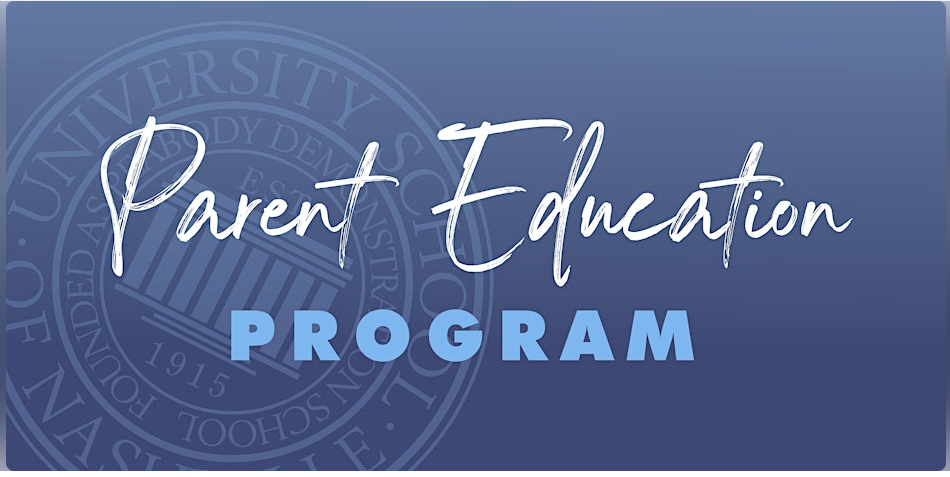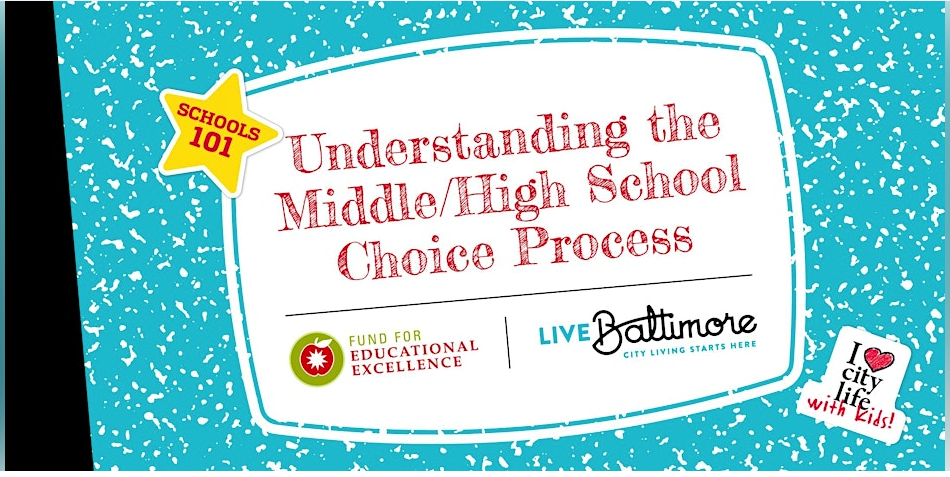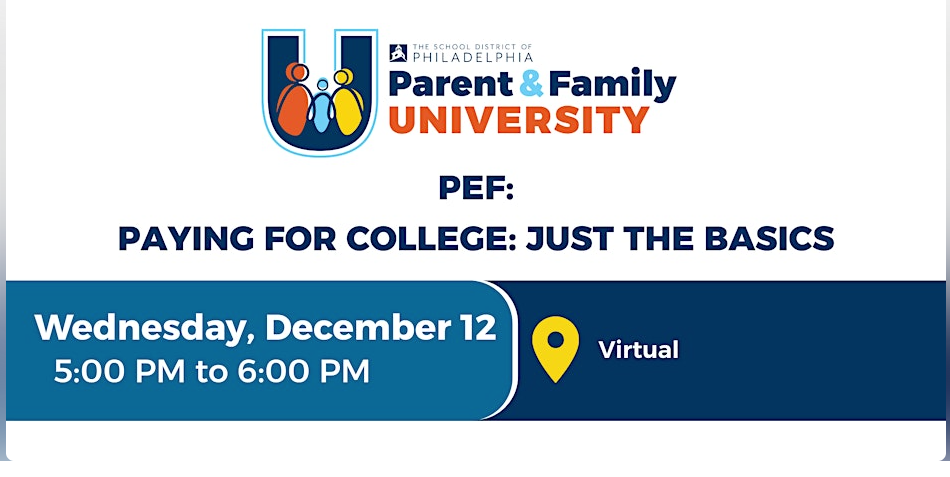The college admissions process can be a confusing and stressful time for students and their families. One of the key decisions that students must make when preparing for college is how to demonstrate their academic abilities and readiness for college-level work. Two popular options for students are taking honors and Advanced Placement (AP) classes or participating in dual enrollment classes at a local community college. In this blog, we will explore the benefits and drawbacks of each option, and provide a comparison of honors and AP classes vs. dual enrollment classes. By the end of this blog, you will have a better understanding of which option is the best fit for you, and how to make the most of your high school experience to increase your chances of getting into your dream college.
I. Honors and AP Classes
Honors and AP classes are advanced coursework offered to high school students who are looking to challenge themselves academically and demonstrate their abilities to colleges. Honors classes are typically offered at the high school level and are usually more challenging than regular classes. AP classes, on the other hand, are college-level courses that are designed to be equivalent to classes offered at colleges and universities. Students who take AP classes have the opportunity to take AP exams, which can earn them college credit if they score well enough.
Taking honors and AP classes has several benefits for students who are considering college. One of the main benefits is that it demonstrates academic rigor to colleges, showing that the student is capable of handling challenging coursework and is committed to their education. Additionally, students who take AP classes and do well on the AP exams have the opportunity to earn college credit, which can save them time and money in the long run.
However, taking honors and AP classes also has its drawbacks. One of the main drawbacks is the increased workload and stress that comes with taking advanced coursework. These classes often require more work and effort than regular classes, and students may find themselves struggling to keep up with the demands of the class. Additionally, students who take AP classes may feel pressure to perform well on the AP exams, which can add to their stress levels.
In summary, taking honors and AP classes can be a great way for students to challenge themselves academically and demonstrate their abilities to colleges, but it also comes with increased workload and stress. It’s important for students to weigh the benefits and drawbacks of taking these classes and to consider their own abilities and interests before deciding to take them.
II. Dual Enrollment Classes
Dual enrollment classes, also known as concurrent enrollment or dual credit classes, are college-level classes that high school students can take at a local community college. These classes allow students to earn college credit while still in high school, and can help students to gain college experience and develop the skills and knowledge they will need to succeed in college.
Taking dual enrollment classes has several benefits for students who are considering college. One of the main benefits is that it allows students to earn college credit while still in high school, which can save them time and money in the long run. Additionally, taking dual enrollment classes can provide students with a taste of college-level work, which can help them to prepare for the demands of college and to decide if a particular field of study is a good fit for them.
However, taking dual enrollment classes also has its drawbacks. One of the main drawbacks is the increased workload and difficulty of taking classes alongside college students. These classes may be more challenging than regular high school classes, and students may find themselves struggling to keep up with the demands of the class. Additionally, students may feel intimidated by taking classes alongside college students, which can add to their stress levels.
In summary, taking dual enrollment classes can be a great way for students to earn college credit and gain college experience, but it also comes with increased workload and difficulty of taking classes alongside college students. It’s important for students to weigh the benefits and drawbacks of taking these classes and to consider their own abilities and interests before deciding to take them.
III. Comparison of Honors and AP Classes vs. Dual Enrollment Classes
When deciding between taking honors and AP classes and dual enrollment classes, it’s important for students to consider their own abilities, interests, and goals. Both options have their own benefits and drawbacks, and the best choice for one student may not be the best choice for another.
Here is a side-by-side comparison of the benefits and drawbacks of each option:
Benefits of Honors and AP Classes:
- Demonstrates academic rigor to colleges
- Opportunity to earn college credit through AP exams
Drawbacks of Honors and AP Classes:
- Increased workload and stress
- AP exams can be expensive
Benefits of Dual Enrollment Classes:
- Earn college credit while still in high school
- Gaining college experience
Drawbacks of Dual Enrollment Classes:
- Increased workload
- Difficulty of taking classes alongside college students
- More expensive than honors and AP classes
When deciding between these options, students should consider their own abilities and interests, as well as their long-term goals. Students who excel in a particular subject area and are interested in pursuing that subject in college may want to consider taking AP classes. Students who are considering a particular college or university may want to check the college’s policy regarding AP and dual-enrollment credits. On the other hand, students who are unsure of their major or are looking for a taste of college-level work may want to consider taking dual enrollment classes.
It’s also important to consider the cost and workload of each option, as well as the support and resources that are available to students. Taking AP classes can be expensive due to the cost of the AP exams, while dual enrollment classes can be more expensive than taking honors classes at high school. Additionally, both options can come with increased workload and stress, so students should consider their own workload management skills before making a decision.
Ultimately, the decision of taking honors and AP classes or dual enrollment classes is a personal one and should be based on the student’s own strengths, interests and goals.
IV. Conclusion
In this blog, we’ve discussed the benefits and drawbacks of taking honors and AP classes and dual enrollment classes, and provided a comparison of the two options. We’ve also discussed the key factors that students should consider when deciding between the two options.
To summarize, taking honors and AP classes can be a great way for students to demonstrate their academic abilities and earn college credit, while taking dual enrollment classes can provide students with college experience and a taste of college-level work. Both options have their own benefits and drawbacks, and the best choice for one student may not be the best choice for another.
As a personal recommendation, it’s important for students to consider their own abilities, interests, and goals when deciding between honors and AP classes and dual enrollment classes. Additionally, students should consider the cost and workload of each option and the support and resources that are available to them.
For students and parents who want to learn more about the topic, there are several resources available. The College Board website offers information about AP classes and exams, while the National Alliance of Concurrent Enrollment Partnerships (NACEP) website provides information about dual enrollment classes. Additionally, students and parents can talk to their high school guidance counselors for more information about the options available to them.
In conclusion, the decision of taking honors and AP classes or dual enrollment classes is a personal one and should be based on the student’s own strengths, interests and goals. Both options can be beneficial for students who are considering college, but the most important thing is to choose the one that fits better for the student and help them to achieve their goals.




Get involved!
Comments